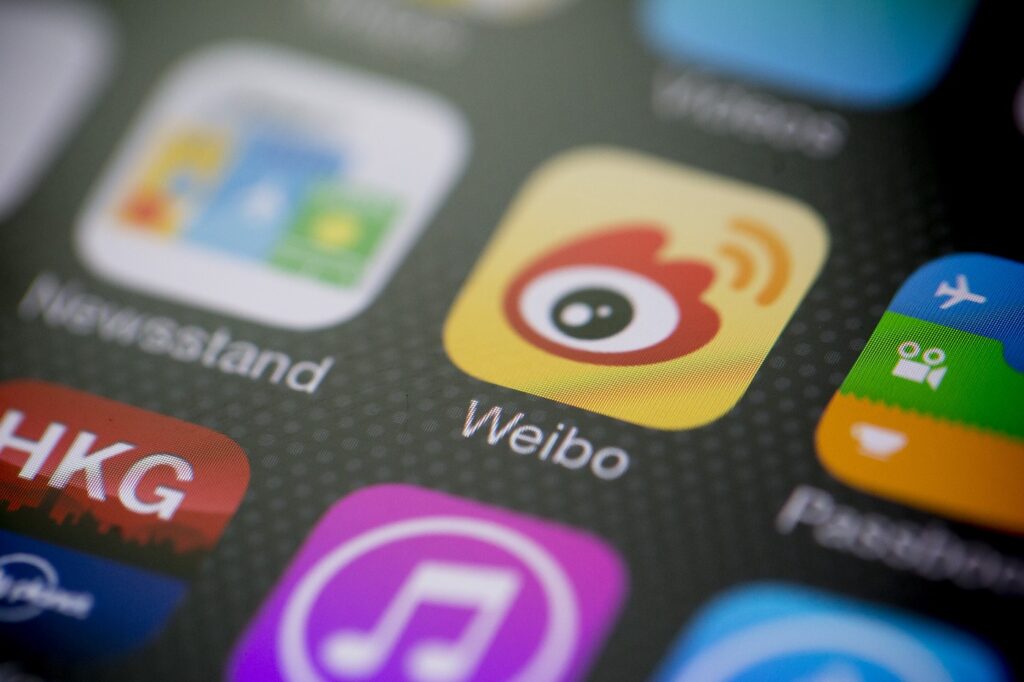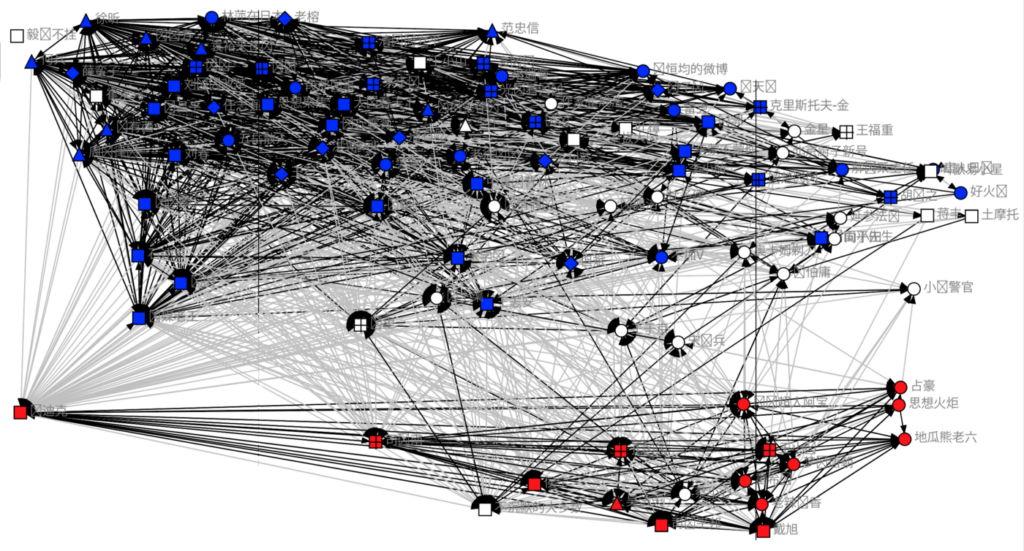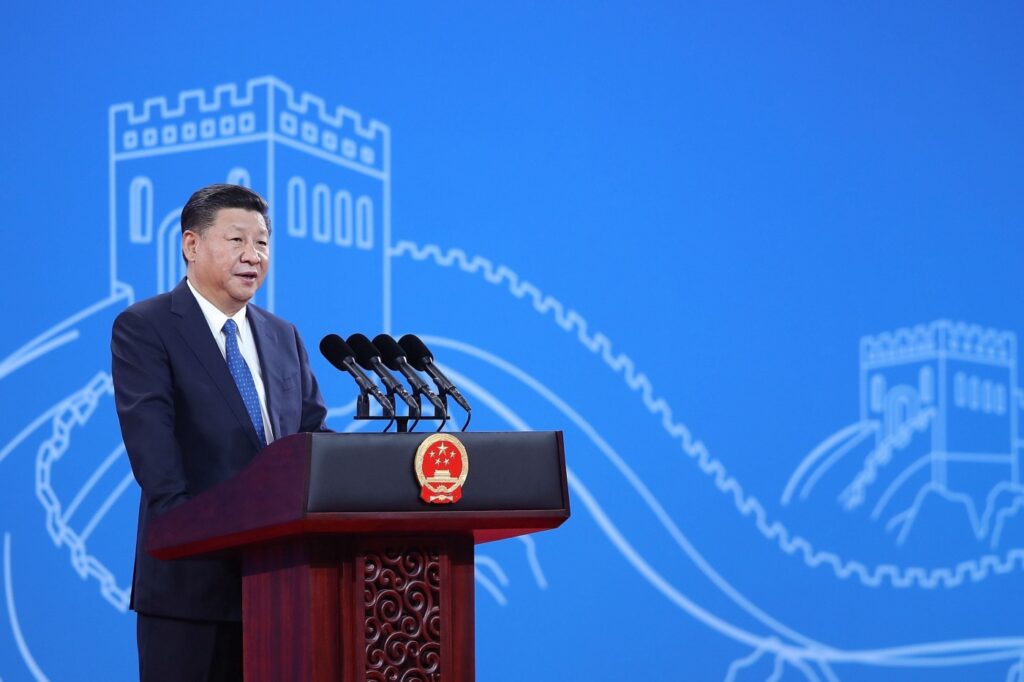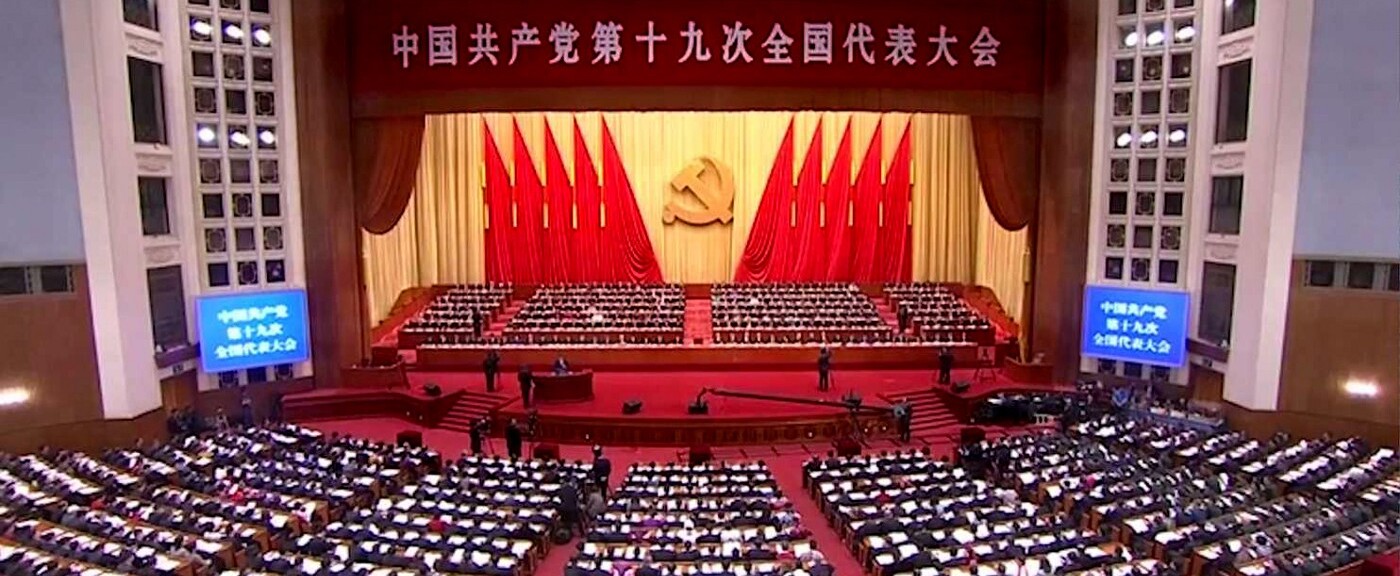Ya-Wen Lei, Associate Professor of Sociology at Harvard University, maps connections among top Chinese social media leaders to show how online public dialogue does not always adhere to government ideology.
Ideology was a critical theme at China’s 19th Party Congress in October 2017. In his speech, President Xi Jinping emphasized China’s “cultural confidence” as well as “Chinese values.” Attempting to import any other kind of political regime, he argued, would fail to match China’s social, historical and cultural conditions. Interestingly, however, at the same time that he rejected foreign political models, Xi promoted China’s particular version of modernization as a valuable model for other countries.
At the domestic level, Xi stressed the importance of controlling ideology, regulating the internet, and actively attacking “false” views within China’s public sphere. For Xi, ideology is a powerful tool that can, at best, unify the Chinese people or, at worst, turn them against the Chinese state.
In fact, ideology has been a priority for Xi ever since he became General Secretary of the Chinese Communist Party in 2012. This focus is understandable, I argue, precisely given the rising influence of liberal ideology within China’s public sphere.
Let me illustrate this by discussing one example, explored in greater depth in my book, The Contentious Public Sphere: Law, Media, and Authoritarian Rule in China. In Chapter 5, I analyze the political orientation of the top 100 opinion leaders on Weibo — one of China’s most popular social media sites — and the connections among them in 2015.

I classified Weibo opinion leaders into the following categories: political liberals, political conservatives, and others. I defined political liberals as those who express support on Weibo for constitutionalism (government authority derives from and should be limited by the constitution) and universal values (e.g., human rights, freedom, justice, equality), and political conservatives as those who argue against those principles. I classified as “others” those who expressed no views either way. I looked at people’s views on constitutionalism and universal values because these are particularly contested and politicized ideas in China given their association with Western liberal democracy. These are, in short, ideas that would not be popular in China if ideology were functioning “properly” from the government perspective.
Despite the Chinese government’s ideological control and censorship, I found that 58% of the top 100 Weibo opinion leaders in 2015 were political liberals, while only 15% were political conservatives. My analysis looked specifically at January of 2015, after the Chinese government launched its “purge the internet” campaign in August 2013 and arrested several opinion leaders. This was also after the government’s effort to use Weibo to create more “positive energy.” Presumably, then, the percentage of political liberals among opinion leaders might well have been even higher before the Chinese government’s intensified crackdowns.
In the following graph, I map the connections among the top 100 Weibo opinion leaders using social network analysis. Blue, red, and white nodes represent political liberals, political conservatives, and others, respectively. The graph reveals the greater level of influence of political liberals in general online, the dense connections among liberals themselves, and their seemingly greater influence on those who may be “on the fence” politically or simply more cautious about expressing their views of constitutionalism and universal values online. Importantly, political liberals would not have become so popular and influential had it not been for the direct and indirect endorsement of Chinese citizens.

In short, the graph reveals a situation that contrasts sharply with the Chinese public sphere the government would like to see. The dissemination of liberal discourse and ideology, as well as growing public criticism of social and political problems in China, has only heightened the Chinese state’s concerns regarding ideology.

So, is ideology even “working” in China — at least in the way Xi would like? If constitutionalism and universal values are Western views that need to be discouraged and even attacked as “false,” this map of online opinion leaders in China suggests the government has its work cut out for it. How this happened, how it has changed China’s public sphere, and whether and how the government might attempt to regain ideological control moving forward are all questions I explore further in my book, The Contentious Public Sphere: Law, Media, and Authoritarian Rule in China.
Ya-Wen Lei is Associate Professor in Harvard’s Sociology Department. Her book, “The Contentious Public Sphere: Law, Media, and Authoritarian Rule in China,” is now available from Princeton University Press. This post first appeared on Princeton University Press’s blog.


